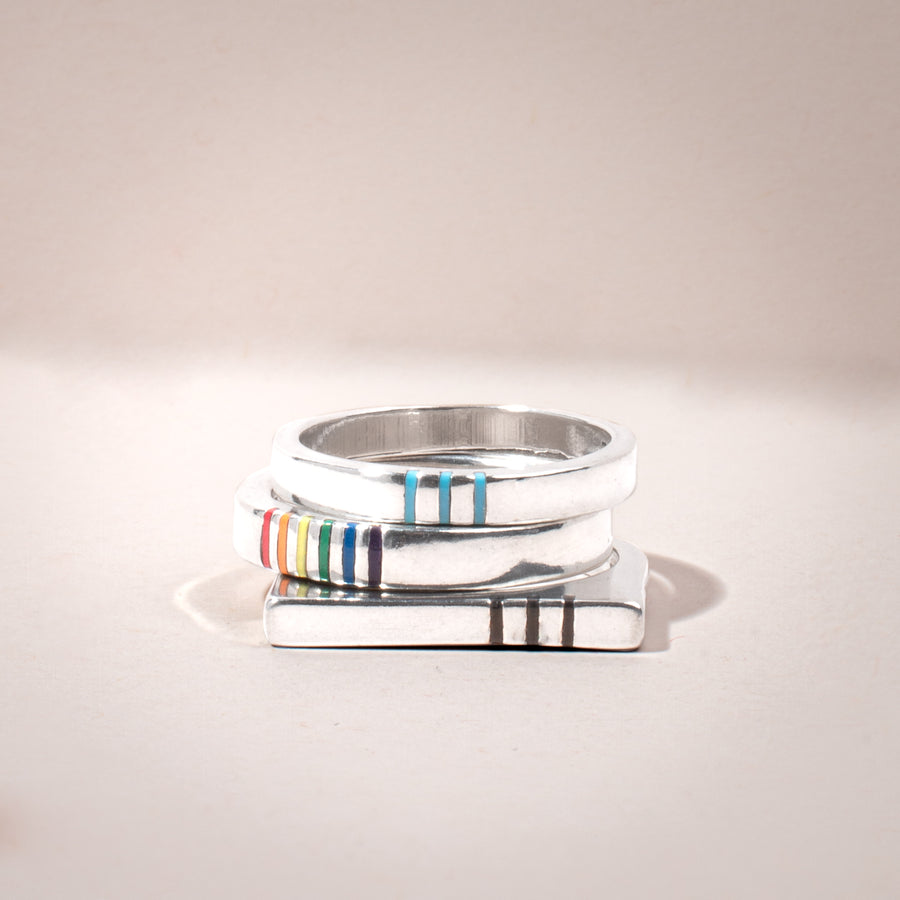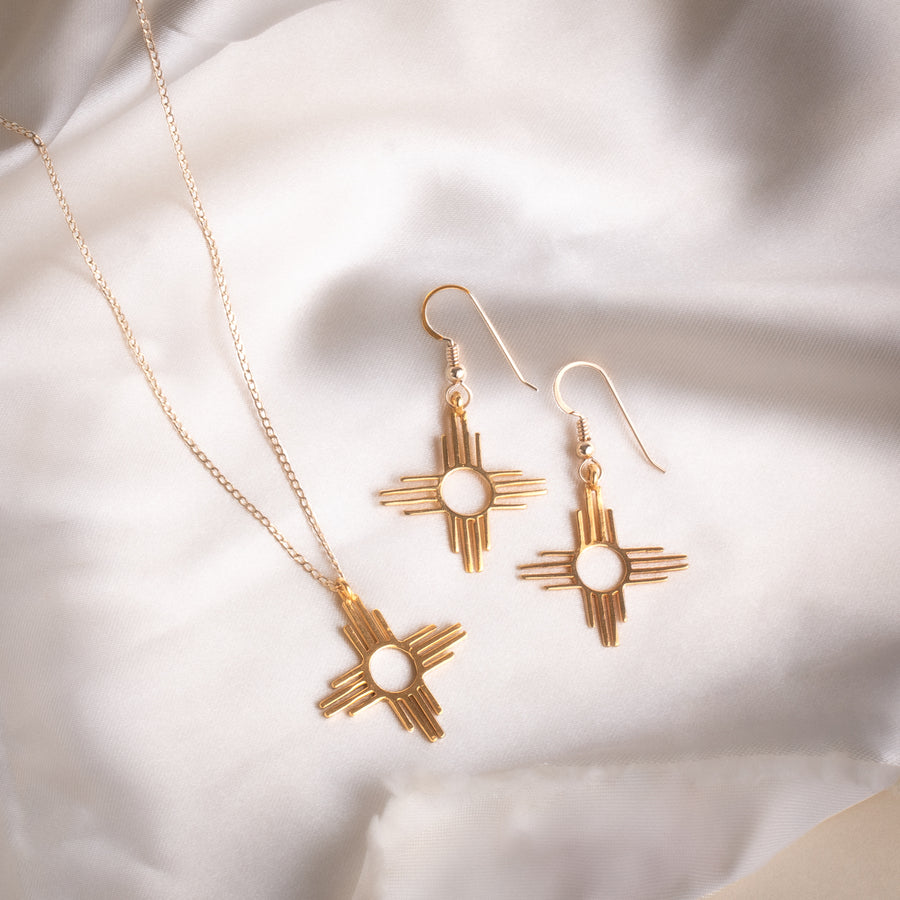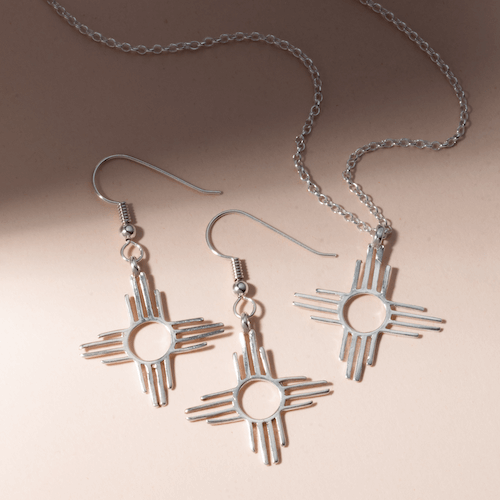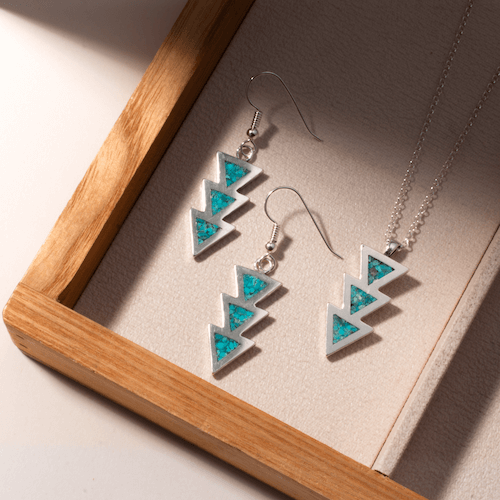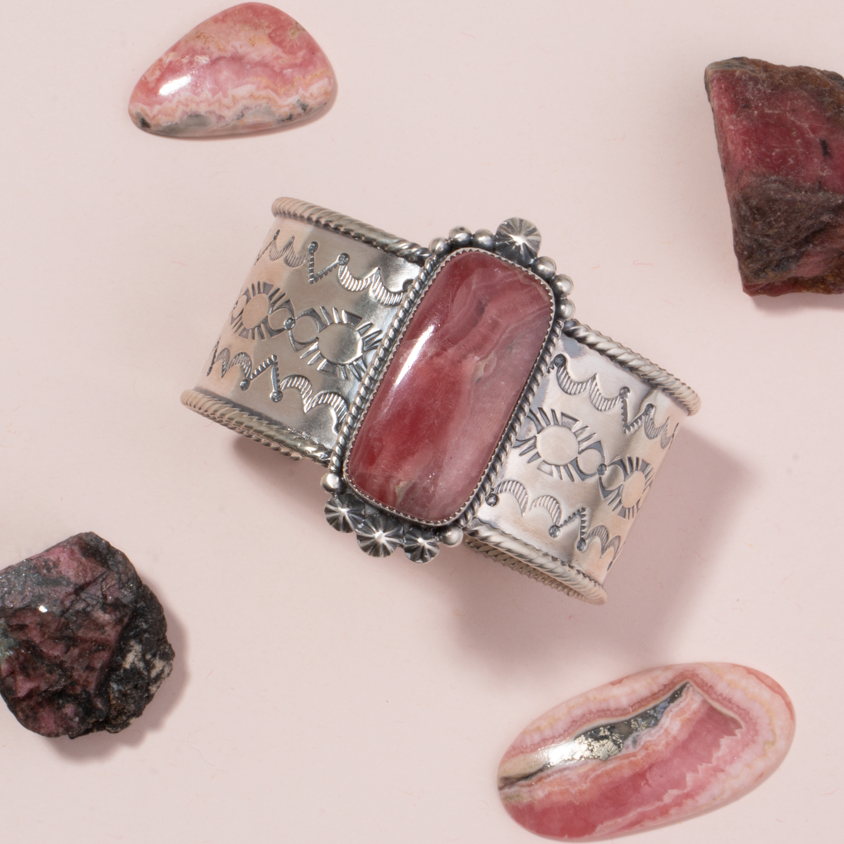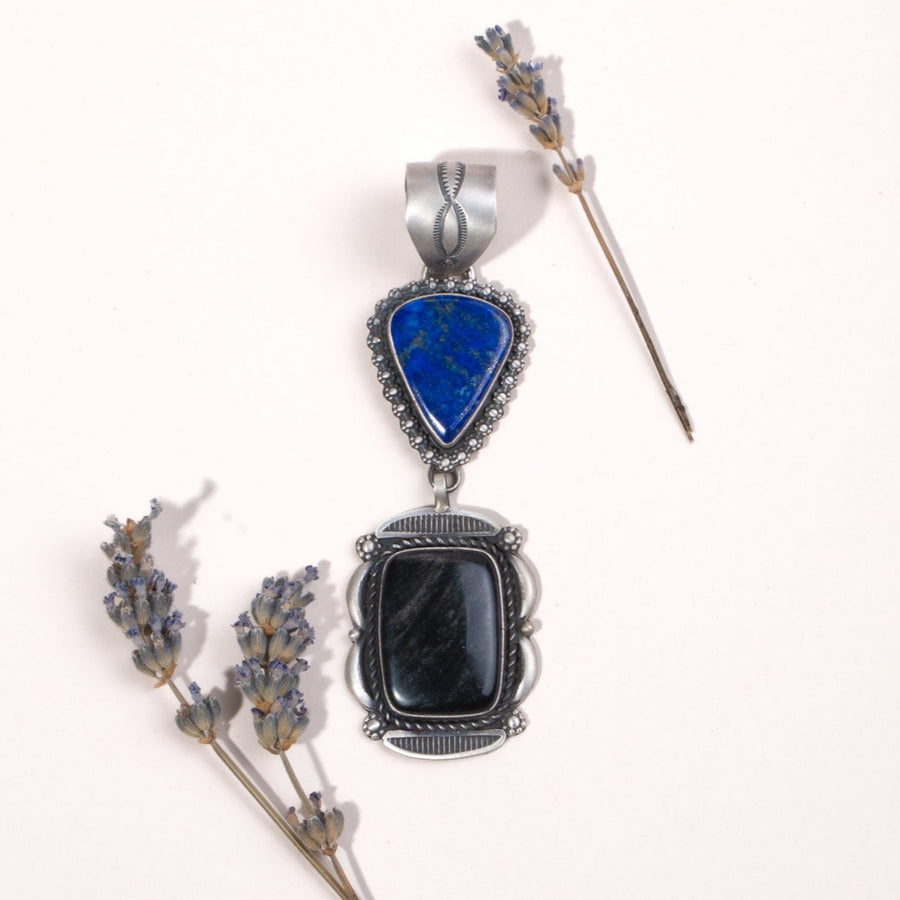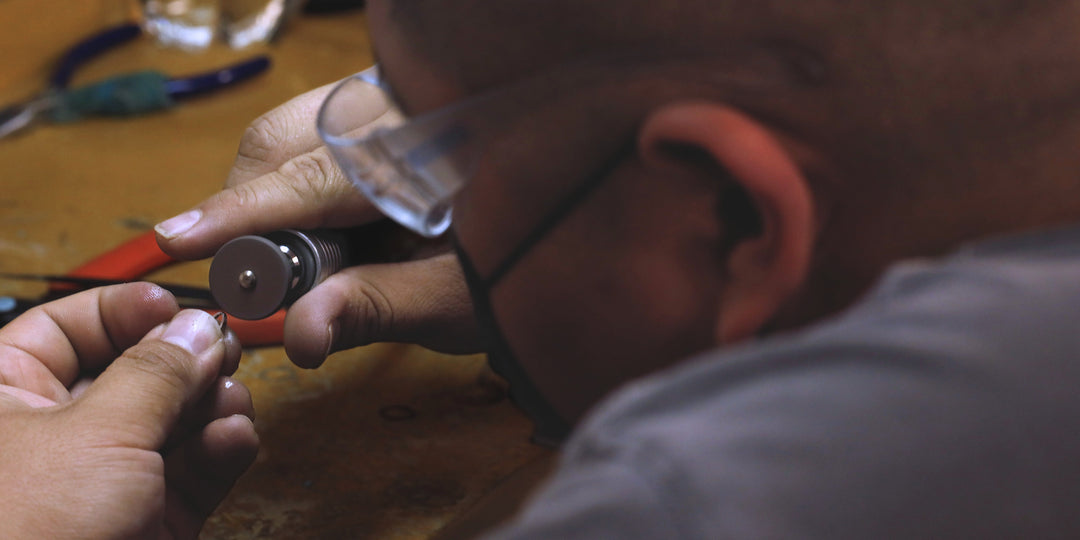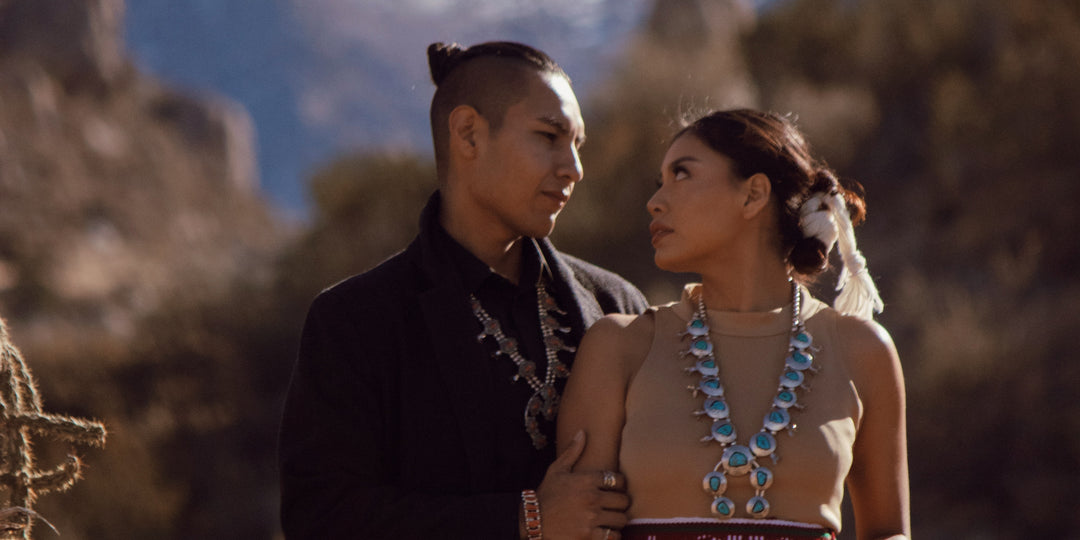Who Were Fred Harvey and The Harvey Girls?

The coming of the railroad changed the landscape of the American West in many ways. With its exotic scenery, the West captured the imaginations of Easterners while the opportunity for business expansion fueled the dreams of entrepreneurs. Traveling by train meant Americans could literally move from sea to shining sea.
While the ability to travel improved with the railroad, there were still difficulties for those who rode the rails. Amenities and accommodations were often of poor quality or non-existent in some of the isolated areas. Initially, the railroads did not offer dining cars for the trip and finding reasonably priced, high quality food for the journey could be a challenge. That obstacle was overcome thanks to an enterprising railroad employee named Fred Harvey.

1901 Portrait of Fred Harvey founder of the Harvey House restaurants.
Fred Harvey left his home in England at the tender age of fifteen. His first stop in America was New York City, before moving on to New Orleans and St. Louis. He worked in restaurants, acquiring the skills that would later make him one of the most successful businessmen of his time. His marriage to Barbara Sarah Mattas in 1856 would bring him six children.
With a family to feed and the beginnings of the Civil War, Harvey found that restaurant work grew scarce. So he found employment with the Burlington Railroad as a mobile mail clerk. Harvey traveled with the railroad and this experience convinced him of the need for amenities for the travelers. Thanks to his early days working in restaurants, he knew that the opportunity for good food served in a high quality dining room would be a boon to those who made the long journey west.
Harvey pitched his idea of quality food in nice places along the rail route to his employers at Burlington but they were not interested. Charles Morse, however, was open to the new plan. Morse was the president of the Santa Fe Railway and he recognized Harvey’s plan as a way to increase his business. With Morse’s support, Harvey opened his first dining room in the Santa Fe-Topeka depot in 1876. From this small beginning, what would come to be known as the Harvey Houses were born.

The Harvey Hotel early 1900s
What his plan consisted of wasn’t simply a meal. Fred Harvey’s plan included an entire dining experience. He offered well-cooked meals at an affordable price that were served in the style of fine dining. Tables were set with imported Irish linen and silver utensils and the food arrived on quality china. Men eating in his establishments were required to wear a coat and tie. A savvy businessman, Harvey made sure there was a supply of both on hand so no one was turned away. In addition he made sure to serve larger than the standard portions, making his meals a good option for the price. The staff excelled at timing too. Passengers on the trains had to be fed and back on board in thirty minutes. A telegraph let the dining staff know the exact arrival time of the train so they could be ready to get everyone served.
The Santa Fe Railway continued to support his plan, bringing fresh produce and meat to the restaurants in their refrigerated cars. They also kept two dairies which supplied the dining rooms with milk. When the railway began to offer dining cars to their passengers, Harvey was given the contract to staff those as well.
Many of the Harvey Houses used the traditional art of the surrounding tribes as their design. Some establishments were created by architect Mary Coulter, who designed lobbies and other buildings with what would come to be seen as an iconic Native American motif.
One of Fred Harvey’s most important contributions to the history of the West were his Harvey Girls. In the beginning, Harvey used male waiters to staff his establishments. After having to fire the entire wait staff of one dining room due to a midnight brawl, someone suggested to him that he hire women instead. At the time, female waitresses were often seen as little more than prostitutes and opportunities for women were limited to poor paying domestic jobs. With the concept of the Harvey Girls, a new door opened for young women willing to travel to the West.

Sketch of the Harvey Girls early 1900s
Harvey was as meticulous in choosing his waitresses as he was with everything else. He sought out women between the ages of eighteen and thirty, insisting that they have not only good moral character and impeccable manners but also at least an eighth grade education. It was his desire to staff his dining rooms with attractive, intelligent and articulate women. In return the women were paid a salary of up to $17.50 per month and given free room, board and uniforms. They were contracted for an employment period of up to six months. During that time they promised not to get married. There were over a hundred thousand women who served as Harvey Girls from 1883 to the 1960s, many of them marrying and settling down in the West once their time was done. As Will Rogers put it, Fred Harvey “kept the West supplied with food and wives.” At the time of his death in 1901, Harvey’s success consisted of forty-five restaurants and twenty dining cars in twelve states.
Resources:
http://choosing-santa-fe.blogspot.com/2010/10/harvey-girls.html
http://www.oerm.org/harvey-girl-historical-society
https://www.kshs.org/kansapedia/fred-harvey/15507
